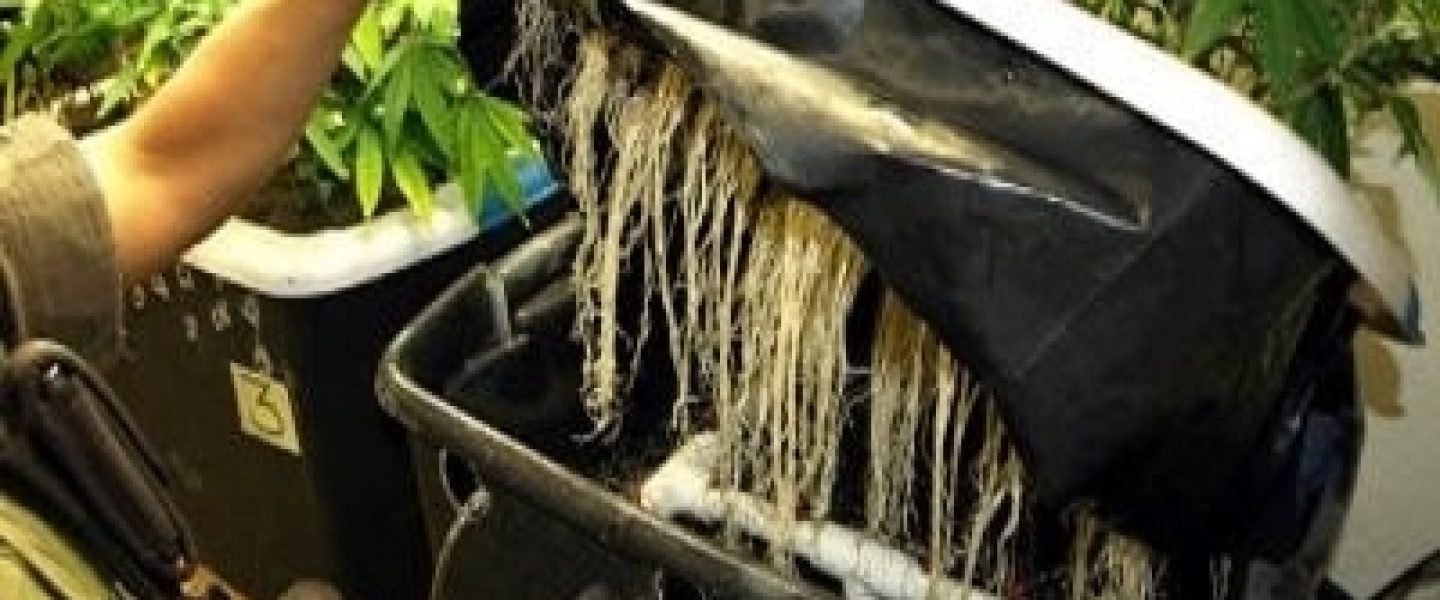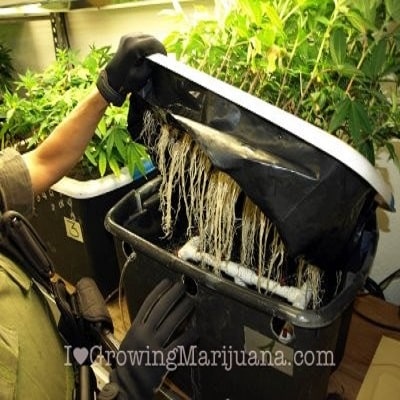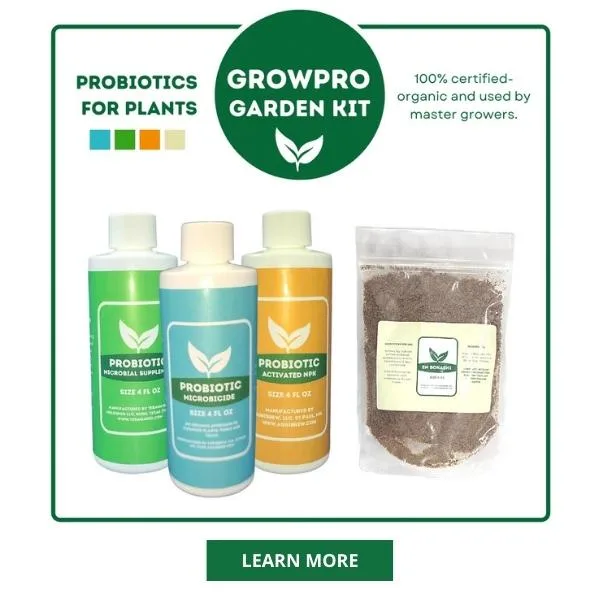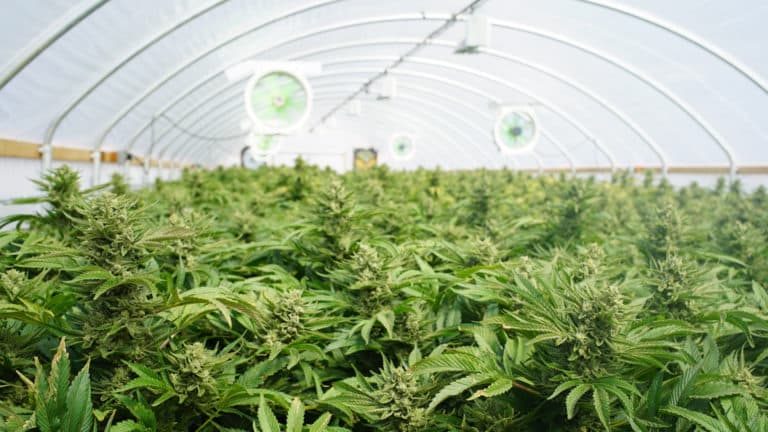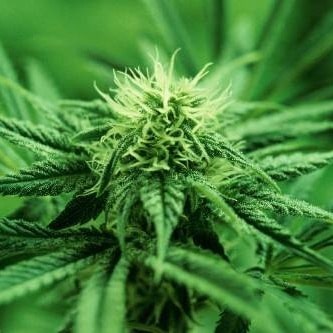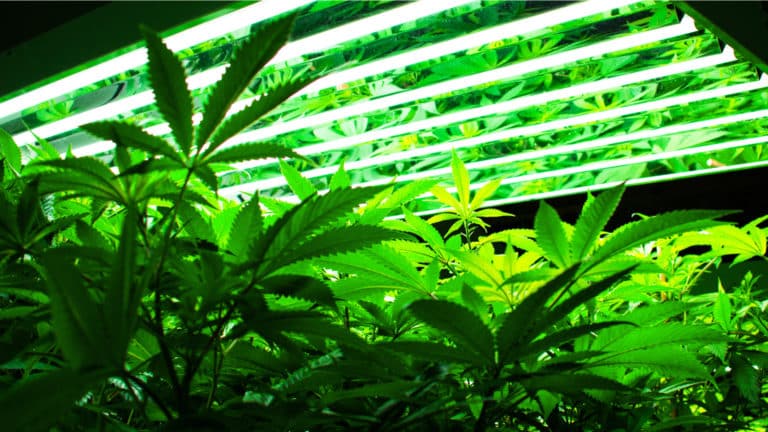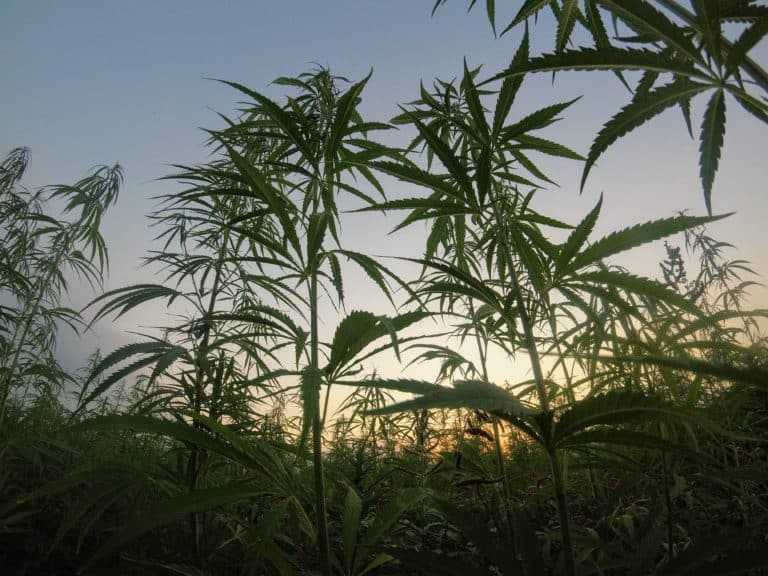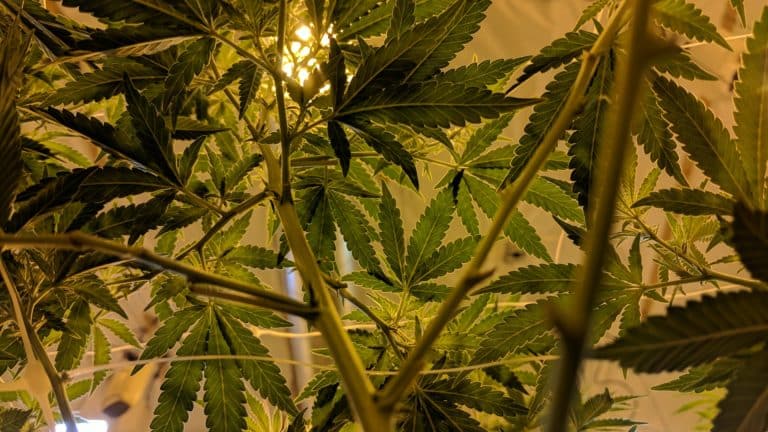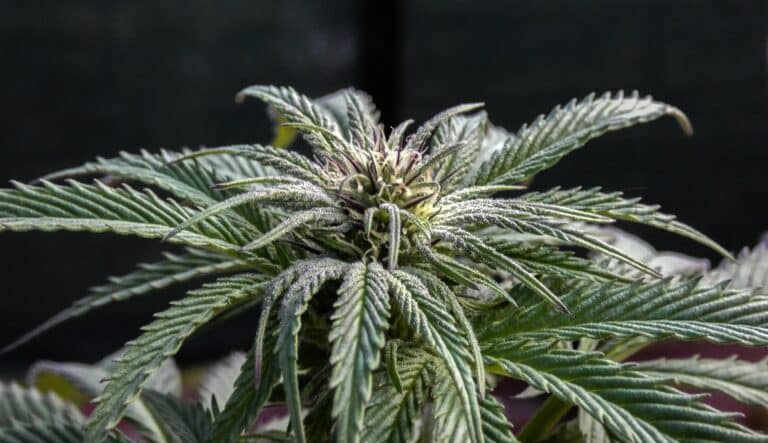In the growing and flowering stage of the marijuana plant you use at least two different kinds of fertilizers. In the growing period, plants have a higher demand of nitrogen (this is the N on the packaging). In order to stimulate the flowering period, often extra phosphorus is required. Usually the packaging indicates the consistency as the N-P-K ratio. The higher the number, the more of that substance is in it. From the ratio between N and P you can see if it’s pertaining a growing or blooming fertilizer.
A good example is the nutrition supplement PK 13-14, which complements the bloom fertilizer you use. In this case, the elements phosphorus (P) and potassium (K) are represented with a value of 13-14.
Measuring Nutrients
For measuring fertilizers you need measuring cups. We are going to make a fertilizer solution step by step. Eventually we want 100 liters, with an adjusted EC and pH value.
Step 1 – Preparation
Take out all the stuff you’re going to need. First the basic fertilizer components. To make 100 liters of a feeding solution you need to keep in mind that you’ll need a total of 200 to 400 cc of well-known hydro fertilizers.
Furthermore you’re going to need the following tools:
- measuring cups
- syringe of 10 ml
- pH meter
- EC meter
- pH- (down) nitric acid for growing, and phosphoric acid for blooming
Step 2 – Mixing
Fill the water tank. Preferably with lukewarm water of around 72°F (22°C). You avoid having to heat up the water for a long time that way. Depending on the EC value that you want to give to the solution, you measure the necessary basic nutrition based on the manual on the label and pour it through the water. Stir well, and keep track of how much nutrition you’ve mixed through the water. This way you get a good idea what it does to your EC values.
Step 3 – Adjust EC
Now you need to check if there are enough nutrients in the solution. That can be determined with an EC meter. If there aren’t enough nutrients in the water, and the EC is too low, you are going to need to add more nutrients. If the EC value is too high you must dilute the nutrient solution with water to lower it again. Stir well after each application and measure.
A general rule of thumb for the EC value is hard to say. Common sense and the ability to observe are the most important tools regarding the EC. EC values are dependent on the preference of the grower, the type of plant and the size of the plant. Generally you can say that the value of young plants can be about 1.5, and that this value for mature plants can go up to 2.5 and even higher.
When You Determine The Maximum EC Value?
In the determination of the EC value, we use of a so-called incremental scale. Which means that we increase the EC from the beginning, and right before the harvest. Every third or fourth day we increase the EC with 0.1, and we continuously monitor the plants. Because marijuana plants show their discomfort as discoloration, distortion of the leave or other issues.
Because the EC value is the only thing that changes, the discoloration etc, could have no other cause than an EC value that’s too high. As soon as further unexplainable discoloration appears we need to go back to the previous EC value, when the plant didn’t show signs of discoloration. An extra rinse isn’t a bad idea, to let the marijuana plants recuperate from the shock. A week later, when the plants have recovered, you can try to raise the EC level again. If you notice that the marijuana plants react in the same way again, then you know for sure that these plants have reached the maximum amount of EC levels for this harvest.
The tap water may have a different hardness in different areas. The calcium, and other substances in the water, are salts that also add to the total number of nutritive salts of the solution. As we know now, some of these salts are desirable, but most of it is not. Sometimes a nutritional deficiency can occur even though a dripping solution with an EC of 1.8 is applied. When tap water already has an EC of 0.5, then we only add 1.3 EC (1.8 – 0.5) of nutrients.
Due to the large differences in the hardness of the water, the EC value of a solution that’s prepared in exactly the same way may vary greatly in various regions. There is no standard recipe for success. That’s why you have to pay close attention if you want to try out recipes from other growers.
If you have to work with a relatively high EC due to the natural high EC levels, then there’s an increased chance of undesired salt accumulation around the roots. It that case it may be better to water them for a longer period of time, which also flushes out the slabs at the same time and keeps the root environment clean.
Step 4 – Adjusting pH
Now that you have a feeding solution with the right nutrients, you also have to check the pH values and adjust if necessary. These values should lie between 5.5 and 5.8. To decrease the pH value in the just made feeding solution you fill a syringe with an acid, like nitric acid (pH down in the grow shop). You add a little bit of this acid, and stir it well before measuring the pH again. Repeat this until the pH lies between 5.5 and 5.8. Keep track of how much pH- you use, so next time you can work faster. If your pH value has decreased too much, you can raise it again with caustic potash (pH up). If this happens more than once it’s better to start all over again.
In order to adjust your feeding solution you ought to:
- EC too low Add more fertilizer
- EC too high Add more tap water
- pH too low Add pH up (potassium hydroxide)
- pH too high Add pH down (nitric acid or phosphoric acid)
Step 5 – Get the right temperature
The entire feeding solution is ready to go. Now only the temperature needs to be adjusted. Ideally, this should be around 72°F (22°C). If it’s too low, use a heating element to raise it. An aquarium heater is perfect this.
For instance, you can circulate the water in the tank with a circulation pump. This way, no creatures or germs can settle and the water stays nice and fresh. Let your feeding solution sit for a while before you use it, so all substances can equally dissolve, react and stabilize. Sometimes it’s quite a hassle to add the right amount of nutrients to a container filled with water to get the correct EC value. But at some point you know exactly how much you need to add to get certain values.
To add additional nutrients and increase your yields, check out EM-1 by TeraGanix.


